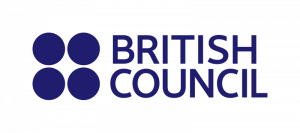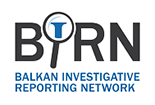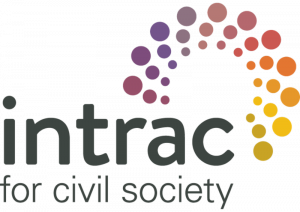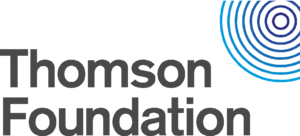Women journalists and editors have long stood as human rights defenders in the society and in the media industry. In doing so, they have fought for rights, equality, and protection of all citizens and inclusion of minorities and vulnerable groups.
Yet, full acknowledgement of women`s competencies for equal participation in the society remains an evasive benchmark in much of the societies and media industry globally, but especially across the Western Balkans countries. Closing the gap between men and women`s employment opportunities and pay; security and health entitlements and benefits; professional risks and work safety; legal protection and fair treatment against discrimination, sexual harassment and gender-based violence remain to be attained across the region.
Examples of good practice in the media industry show that achieving balance between diverse groups of employees (men, women, minorities) in media organizations – or any other organization for that matter – gives positive outcomes in media`s values, trust, and ultimately business revenues.
Equal representation of women and men at all organizational levels, as well as in the media content, is not about equality in numbers, but about opening spaces for inclusion of perspectives and interests of women and other marginalized groups into the news and reporting that helps build audiences` trust, journalistic impact and ultimately contributes to media`s promotion of social justice in the local communities.
Media for All activities and initiatives seek to empower women journalists through training and peer-learning, knowledge-share and networking, mentoring programs and policy development. All initiatives and activities we deliver might be to no avail in the long run if not followed up with work on newsroom policies that define journalistic professional ethics in reporting and content production and address structural inequalities, such as discrimination, harassment, (un)equal opportunities in the newsroom. With no policies in place the issue of workplace discrimination and/or abusive behaviors might remain invisible and accepted as `normalized` and leave structural obstacles to equal and fair participation of women, men, and minorities in all aspects and levels of the organization`s work.










